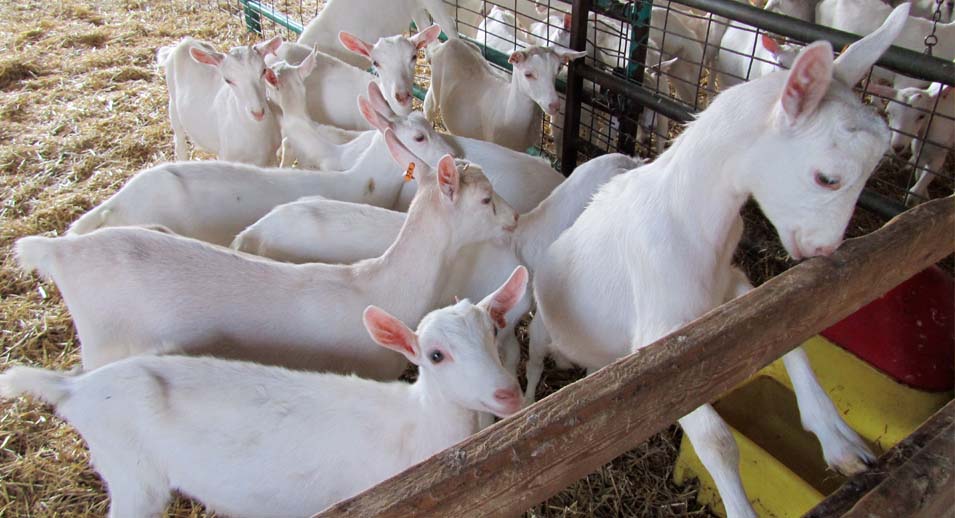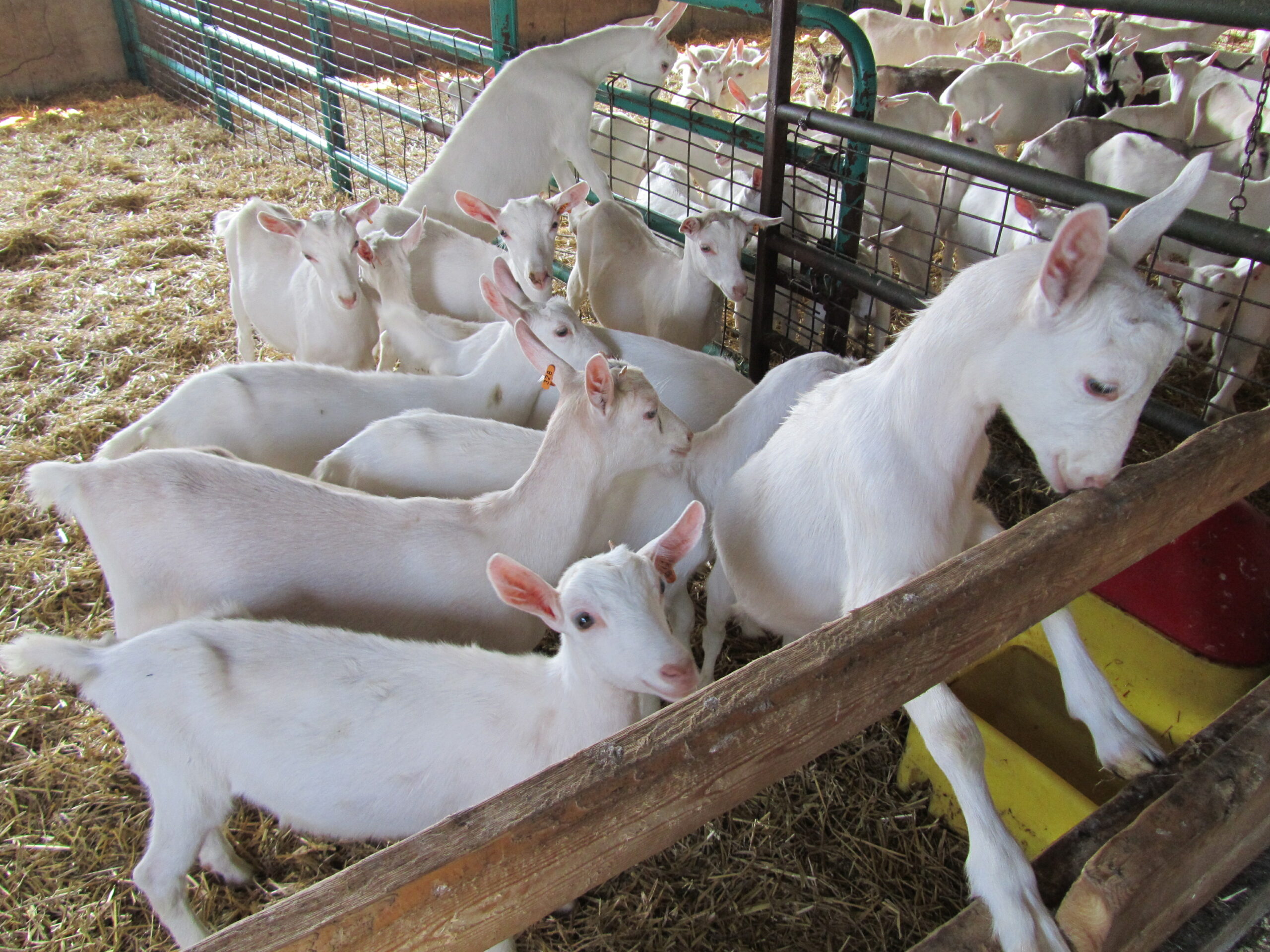Optimizing Goat Nutrition for a Sustainable Operation
- August 16, 2022
Maximizing feed intake, especially forage intake, is the main focus of feeding a goat herd. The objective is to maintain the good metabolic health of the goats, but also to reduce the costs related to feeding. Several avenues can be explored.

Forage Quality
Maximizing the quality of forages is without a doubt the best way to improve their consumption and reduce the quantity of concentrates served. How can you do this? By producing young and well-preserved forages. Depending on their quality, intake can vary from simple to double. Also, long forages are more palatable for the goat and will be better consumed. Ideally, the best quality forages should be served to goats at the end of gestation and the beginning of lactation.
It is important to avoid forcing the consumption of poorer quality forages by maintaining a minimum threshold of 5 to 10% of refusals.
Refusal Management
When forage stocks are sufficient, concentrate intake can be reduced by increasing the amount of forage fed. This improves the quantity and value of forage ingested by encouraging sorting by the goats. Moving from a 5% to a 15-20% refusal can increase forage intake by about 0.2 kg of dry matter per goat per day.
Forage Distribution
Increasing the number of feedings and times you push in feed will increase the amount of forage ingested. Hay should be fed at least twice a day. Between 70 and 75% of the dry matter is ingested by the goat during the main meals. The secondary meals are responsible for 25 to 30% of the dry matter ingested. The highest feed consumers are the goats that eat the most secondary meals.
Animal Welfare
It is also important to follow the recommendations for feeder space and waterer access. By making sure that the correct measurements are taken, competition is reduced, and all goats can actually access the forage. Better light in the barn also has a positive impact on dry matter consumption. Clean and dry bedding, good ventilation and well-trimmed hooves also contribute to maximizing intake.
To maximize goat productivity, a light level of 200 lux (at goats eye level) is recommended. A 16-hour light period in the barn is also beneficial.
Culling and Selection
Careful management of culling is necessary to reduce costs. Unproductive animals are expensive to feed and yield little. It is important to be aware of this. The same applies to replacements. Returning kids to breeding is a major expense. Make sure you keep only those that will be profitable once in milk.
Raising only the number of kids needed for replacement helps limit the financial burden.
One thing is certain, each farm is different. Several opportunities can be evaluated according to the reality of each one to promote the sustainability of our goat farms.









